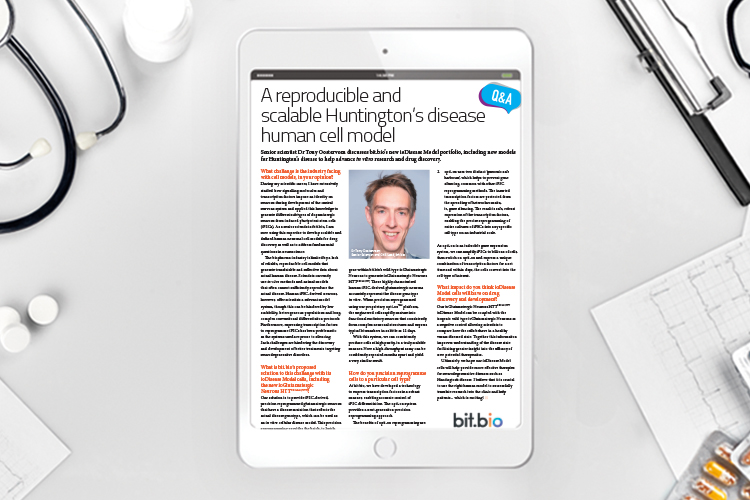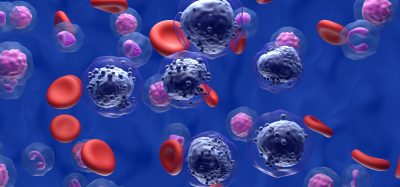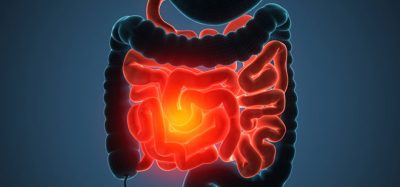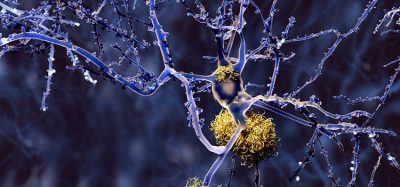Product hub: A reproducible and scalable Huntington’s disease human cell model
Posted: 22 June 2022 | bit.bio | No comments yet
Senior scientist Dr Tony Oosterveen discusses bit.bio’s new ioDisease Model portfolio, including new models for Huntington’s disease to help advance in vitro research and drug discovery.
What challenge is the industry facing with cell models, in your opinion?
During my scientific career, I have extensively studied how signalling molecules and transcription factors impose an identity on neurons during development of the central nervous system and applied this knowledge to generate different subtypes of dopaminergic neurons from induced pluripotent stem cells (iPSCs). As a senior scientist at bit.bio, I am now using this expertise to develop scalable and defined human neuronal cell models for drug discovery as well as to address fundamental questions in neuroscience.
Related content from this organisation
Related topics
Biopharmaceuticals, Central Nervous System (CNS), Drug Discovery, In Vitro, Neurosciences, Stem Cells
Related conditions
Huntington's disease
Related organisations
Bit Bio








